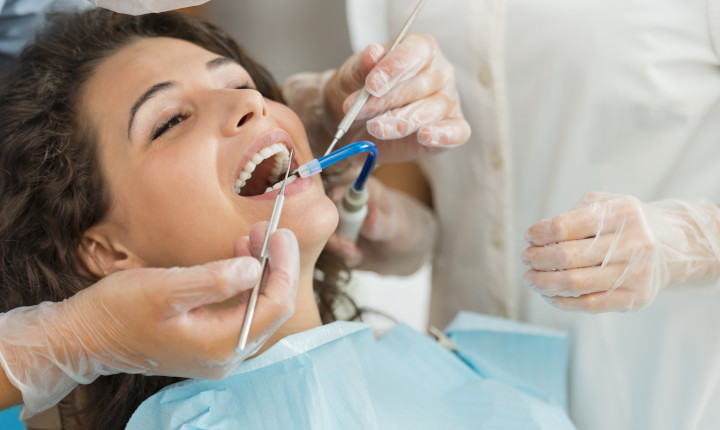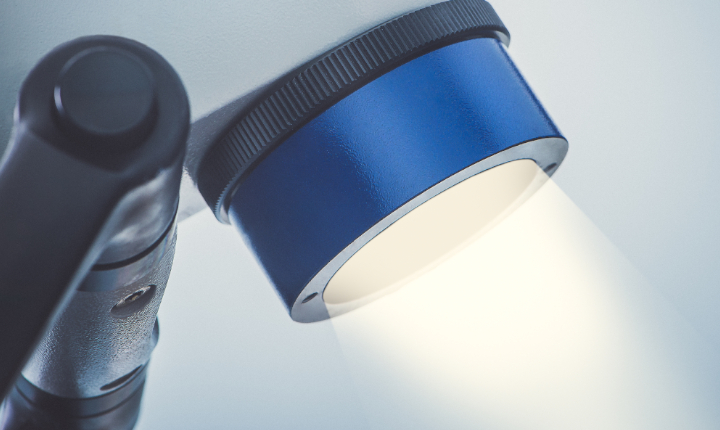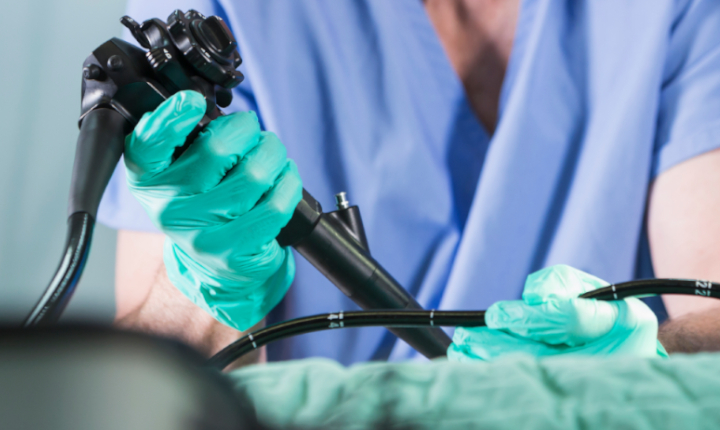Applications of Light Guide Rods
While SCHOTT Light Guide Rods play a crucial role in modern dentistry, endoscopy, and sensor technology, advanced fibers such as the SCHOTT PURAVIS® family are also used in fluorescence-based applications in medical diagnostics.
Reliable all-round technology for dentistry
Accurate liquid level sensing
Precise homogenization of light
Advances in endoscopy
Fluorescence-based applications





